- Prepare your Garden for Spring: 4 Key Steps
- Clean up your garden
- Prepare the soil
- Plan your garden layout
- Start seedlings indoors
- Prune Trees and Shrubs for Optimal Growth
- When to Prune
- Tools for Pruning
- Pruning Techniques
- After Pruning
- Conclusion
- Start Planting Early Bloomers for a Colorful Garden
- 1. Choose the Right Plants
- 2. Prepare the Soil
- 3. Create a Planting Plan
- 4. Plant Bulbs and Seeds
- 5. Provide Adequate Watering
- 6. Mulch the Beds
- 7. Monitor for Pests and Diseases
- 8. Regularly Deadhead and Prune
- Care for Your Lawn: Weed Control and Fertilization
- Weed Control:
- Fertilization:
- Prepare and Maintain Your Vegetable Garden
- 1. Clean up the garden
- 2. Prepare the soil
- 3. Test the soil pH
- 4. Plan your vegetable layout
- 5. Start seeds indoors
- 6. Prune and trim plants
- 7. Provide support for climbing vegetables
- 8. Mulch and water regularly
- Protect Your Plants from Frost and Cold Weather
- 1. Choose the Right Plants
- 2. Provide Proper Insulation
- 3. Use Mulch
- 4. Water Wisely
- 5. Consider Using Protective Structures
- 6. Monitor Weather Conditions
- 7. Know When to Prune
- 8. Keep an Eye on Indoor Plants
- Plan and Design Your Garden Layout for the Season
- Start Seeds Indoors for a Head Start on Summer Harvest
- Why Start Seeds Indoors
- How to Start Seeds Indoors
- What to Start Indoors
- “Question-Answer”
- What are some essential tasks to do in the garden in February?
- When should I start pruning trees and shrubs?
- How do I prepare the soil for planting in February?
- Can I start sowing seeds indoors in February?
- What are some tips for cleaning up garden beds in February?
- “Video” What Can You Plant in February in Your Area?
As the cold winter months begin to fade away, February is the perfect time to start planning and preparing your garden for the new season. Whether you have a small backyard or a sprawling garden, there are several essential tasks that should be completed to ensure a successful and bountiful garden.
1. Pruning and trimming: Now is the time to prune your trees, shrubs, and bushes. Removing dead or damaged branches will promote healthy growth and prevent disease. Additionally, trimming back overgrown plants will help maintain their shape and encourage new growth.
2. Soil preparation: Before you start planting, it is important to prepare your soil. Clear away any debris and weeds, and then add compost or fertilizer to provide your plants with the essential nutrients they need to thrive.
3. Start seeds indoors: If you plan to grow vegetables or flowers from seeds, February is the ideal time to start them indoors. This will give them a head start and ensure they are strong and healthy by the time the weather warms up enough for outdoor planting.
4. Clean and sharpen tools: Take some time to clean and sharpen your gardening tools. This will not only make them more effective but also help prevent the spread of disease between plants.
5. Plan your garden layout: Use this time to plan out your garden layout. Consider the needs and preferences of your plants, as well as any companion planting strategies you want to incorporate. This will help you make the most of your space and ensure a harmonious and productive garden.
6. Check for pests: Inspect your garden for any signs of pests or disease. Early detection is crucial in preventing an infestation and minimizing damage to your plants.
7. Prepare flower beds: If you want to add new flowers to your garden, prepare the flower beds in February. Clear out any weeds or debris, and amend the soil if necessary. This will give your new plants a healthy foundation for growth.
8. Start feeding birds: As wildlife returns to your garden, provide food and water sources for birds. Hang bird feeders and install birdbaths to attract a variety of beautiful and beneficial feathered friends.
With these essential tasks completed, your garden will be ready to bloom with the arrival of spring. Take advantage of the cooler February weather to kickstart the new season and set yourself up for a successful year of gardening.
Prepare your Garden for Spring: 4 Key Steps
Clean up your garden
Before spring arrives, it’s important to clean up your garden and remove any debris or dead plants that accumulated over the winter. This will create a clean, fresh space for your new plants to thrive.
Prepare the soil
Start by evaluating the quality of your soil. Test its pH levels and amend it if necessary. Add organic matter, such as compost or mulch, to improve the soil structure and provide essential nutrients for your plants.
Plan your garden layout
Take some time to plan your garden layout for the upcoming season. Consider the amount of sunlight each area receives and the specific needs of the plants you want to grow. Sketch out a design or use garden planning tools to visualize your ideas.
Start seedlings indoors
Get a head start by starting seedlings indoors. This will give your plants the opportunity to get stronger and healthier before they are transplanted into the garden. Use seedling trays or pots, and provide them with proper lighting and watering.
Prune Trees and Shrubs for Optimal Growth
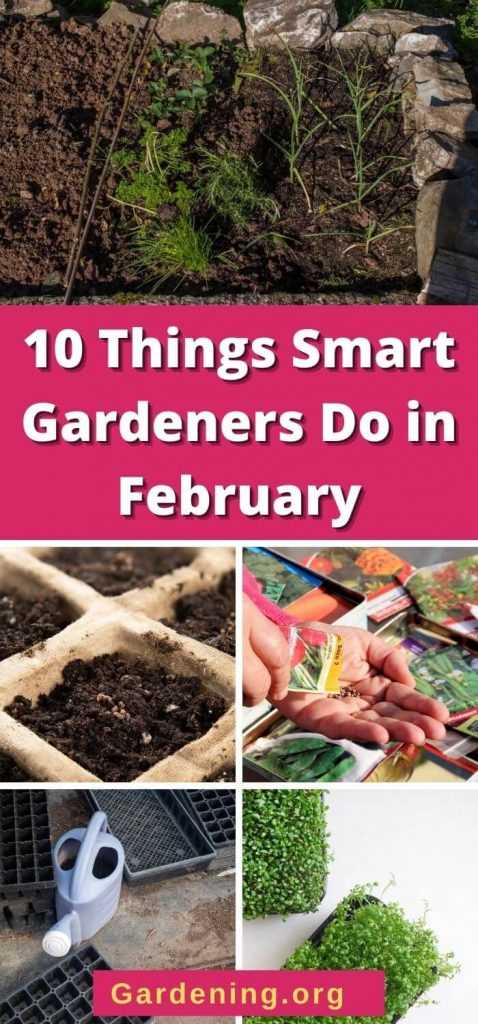
Pruning is an essential task to ensure the optimal growth and health of your trees and shrubs. By removing dead or diseased branches, you can promote new growth and prevent the spread of diseases.
When to Prune
The best time to prune trees and shrubs is during late winter or early spring, when the plants are dormant. This allows the wounds to heal before the growing season begins. However, it’s important to check the specific pruning requirements for each type of tree or shrub, as some may have different optimal pruning times.
Tools for Pruning
Before you start pruning, make sure you have the right tools for the job. Some essential tools for pruning include:
- Pruning shears or secateurs for cutting small branches and stems
- Loppers for cutting thicker branches
- Pruning saw for removing larger branches
- Pole pruner for reaching high branches
- Gloves for protecting your hands
Pruning Techniques
When pruning, it’s important to follow proper techniques to avoid damaging the plants. Here are some tips:
- Start by removing any dead or diseased branches, cutting them close to the main stem or branch.
- Next, remove any branches that are crossing or rubbing against each other, as they can cause wounds and promote disease.
- Thin out crowded areas by removing branches that are growing too closely together. This allows more light and air to reach the plant’s interior, promoting better growth.
- Trim back overgrown branches to maintain the desired shape and size of the tree or shrub.
After Pruning
After pruning, it’s important to clean your tools with a disinfectant solution to prevent the spread of diseases. You should also dispose of the pruned branches properly, either by composting or disposing of them in yard waste bags.
Conclusion
Pruning is an essential task that should be done during late winter or early spring to promote optimal growth and health of your trees and shrubs. By following proper pruning techniques and using the right tools, you can ensure the best results and enjoy a thriving garden.
Start Planting Early Bloomers for a Colorful Garden
If you want to add some vibrant colors to your garden early in the season, it’s time to start planting early bloomers. These beautiful flowers and plants will add a burst of color to your garden and help usher in the new season. Here are some essential tasks to get started:
1. Choose the Right Plants
When selecting early bloomers, consider the climate and growing conditions in your area. Choose plants that are known to bloom early and thrive in your specific region. Some popular options include tulips, daffodils, crocuses, and pansies.
2. Prepare the Soil
Before planting, prepare the soil by removing any weeds or debris and loosening it with a garden fork or tiller. Add organic matter, such as compost or aged manure, to improve the soil’s fertility and drainage.
3. Create a Planting Plan
Plan out the layout of your early bloomers to ensure a visually appealing garden. Consider the height and color of each plant and how they will complement each other. Group plants with similar care requirements together.
4. Plant Bulbs and Seeds
Follow the planting instructions specific to each plant type. Bulbs should be planted at the appropriate depth and spacing, while seeds should be sown according to the recommended spacing and depth. Water the newly planted bulbs and seeds gently to help them settle into the soil.
5. Provide Adequate Watering
Water your early bloomers regularly, especially during dry spells. Be careful not to overwater, as this can lead to root rot. Monitor the soil moisture and adjust your watering schedule accordingly.
6. Mulch the Beds
Apply a layer of mulch around your early bloomers to help conserve moisture, suppress weed growth, and regulate soil temperature. Organic mulches, such as wood chips or straw, work well for this purpose.
7. Monitor for Pests and Diseases
Keep a close eye on your plants for any signs of pests or diseases. Early detection and intervention can help prevent the spread of damage to other plants in your garden. Use organic pest control methods whenever possible.
8. Regularly Deadhead and Prune
To encourage continuous blooming, remove faded flowers (deadhead) regularly. Prune any dead or damaged plant parts to maintain the health and appearance of your early bloomers.
By starting early and following these essential tasks, you can create a garden filled with vibrant colors and beautiful blooms that will last through the season. Happy planting!
Care for Your Lawn: Weed Control and Fertilization
Proper care and maintenance of your lawn are essential for keeping it healthy and green throughout the year. In February, it’s time to focus on weed control and fertilization to ensure a vibrant and weed-free lawn as the new season begins.
Weed Control:
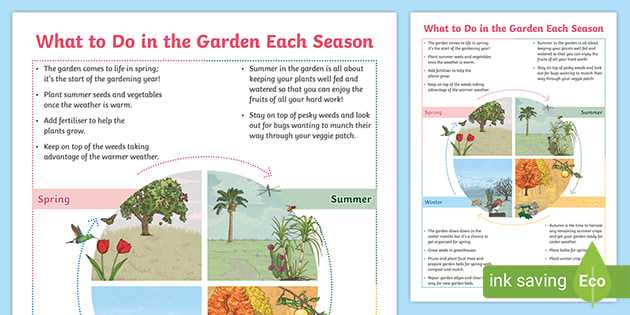
Weeds can quickly take over your lawn, stealing nutrients and space from your grass. To keep them at bay, follow these steps:
- Inspect your lawn for weeds and identify the different types present.
- Use herbicides or natural weed control methods to target specific weeds.
- Apply pre-emergent herbicides to prevent weed seeds from germinating.
- Maintain proper mowing height to shade out weeds and promote healthy grass growth.
- Regularly remove any visible weeds by hand or with a weeding tool.
Fertilization:
Fertilizing your lawn provides essential nutrients that promote healthy growth and strong root development. Here’s what to do:
- Test your soil to determine its nutrient levels and pH balance.
- Select a high-quality lawn fertilizer that matches the needs of your specific grass type.
- Apply the fertilizer evenly using a spreader, following the recommended application rate.
- Water your lawn after fertilizing to ensure the nutrients penetrate the soil.
- Repeat the fertilization process as recommended by the manufacturer or based on your lawn’s specific needs.
Remember, over-fertilizing can harm your lawn, so always follow the instructions provided and avoid applying more than necessary.
| Weed Control Tips: | Fertilization Tips: |
|---|---|
| – Regularly remove visible weeds – Apply pre-emergent herbicides – Maintain proper mowing height | – Test soil nutrient levels – Choose appropriate fertilizer – Apply evenly with a spreader |
| – Use herbicides or natural methods – Identify and target specific weeds | – Water after fertilizing – Repeat as recommended |
By implementing a proper weed control and fertilization routine, you can enjoy a healthy and vibrant lawn throughout the year. These tasks are essential for setting the foundation for a successful gardening season. Happy gardening!
Prepare and Maintain Your Vegetable Garden
Preparing and maintaining your vegetable garden is an essential task in February. By taking care of your garden now, you can ensure a successful and bountiful harvest later in the year. Here are some key tasks to focus on:
1. Clean up the garden
Start by removing any debris, dead plants, and weeds from your garden. This will help to prevent pests and diseases and create a clean and healthy environment for your vegetables to grow.
2. Prepare the soil

Before planting, it’s important to prepare the soil. Loosen the soil with a garden fork or tiller to improve drainage and aeration. Add organic matter such as compost or well-rotted manure to enrich the soil and provide essential nutrients for your plants.
3. Test the soil pH
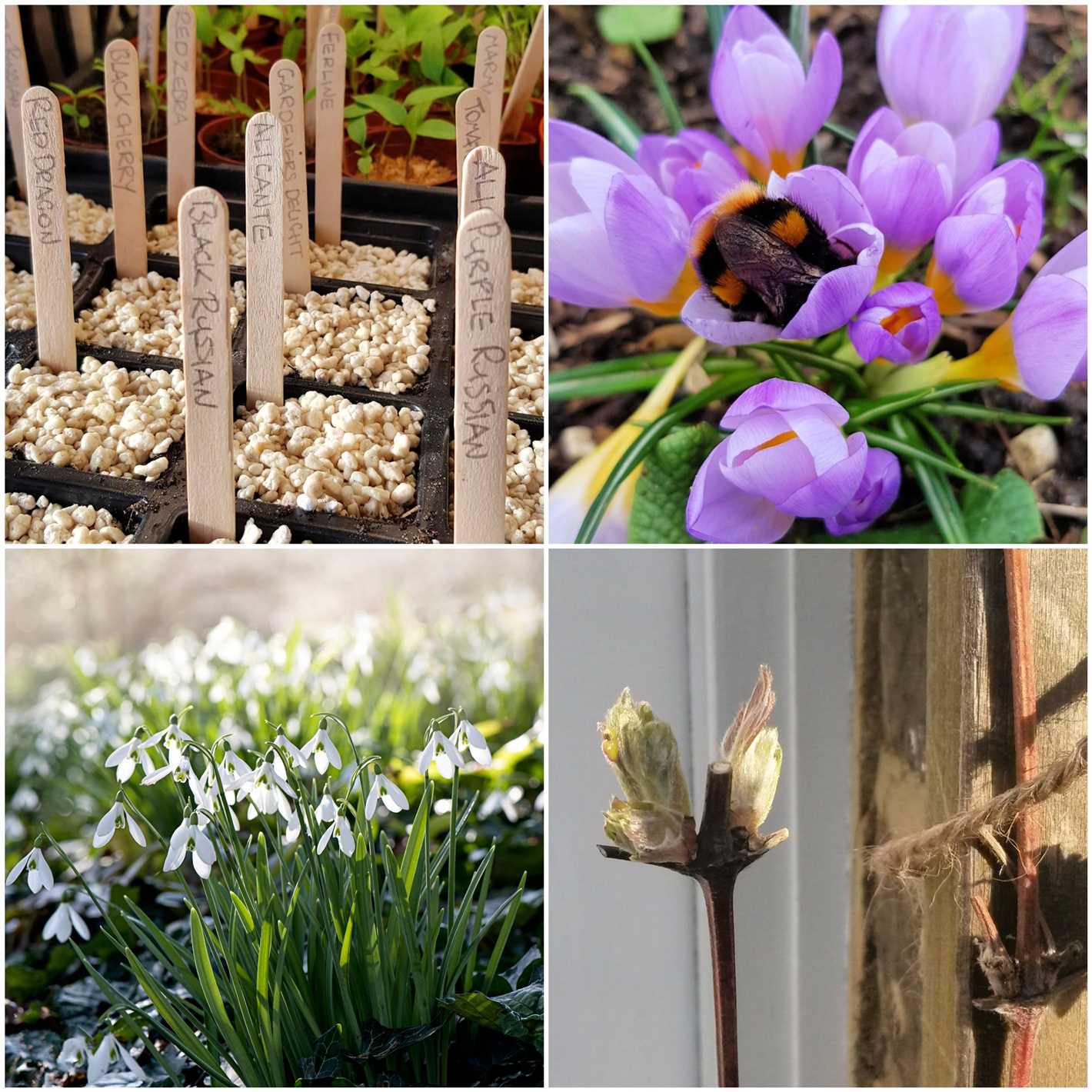
Testing the pH of your soil is crucial for determining which vegetables will grow best in your garden. Most vegetables prefer a slightly acidic soil with a pH range of 6.0 to 7.0. Adjust the pH if necessary by adding lime to raise the pH or sulfur to lower it.
4. Plan your vegetable layout
Decide on the placement and layout of your vegetable beds. Consider factors such as sun exposure, plant compatibility, and access for watering and harvesting. Group vegetables with similar water and sunlight requirements together for easier maintenance.
5. Start seeds indoors
For many vegetables, starting seeds indoors in February allows for an early start and healthier plants. Choose the vegetables you want to grow and start seeds in seed trays or containers filled with seed starting mix. Follow the instructions on the seed packets for optimal germination and growth.
6. Prune and trim plants
If you have perennial vegetables or fruit trees in your garden, February is a good time to prune and trim them. Remove any dead or damaged branches, and shape the plants for better growth and productivity.
7. Provide support for climbing vegetables
If you’re planning to grow climbing vegetables like tomatoes, cucumbers, or beans, install supports such as trellises or stakes before planting. This will help the plants grow upward, save space, and make it easier to harvest the fruits.
8. Mulch and water regularly
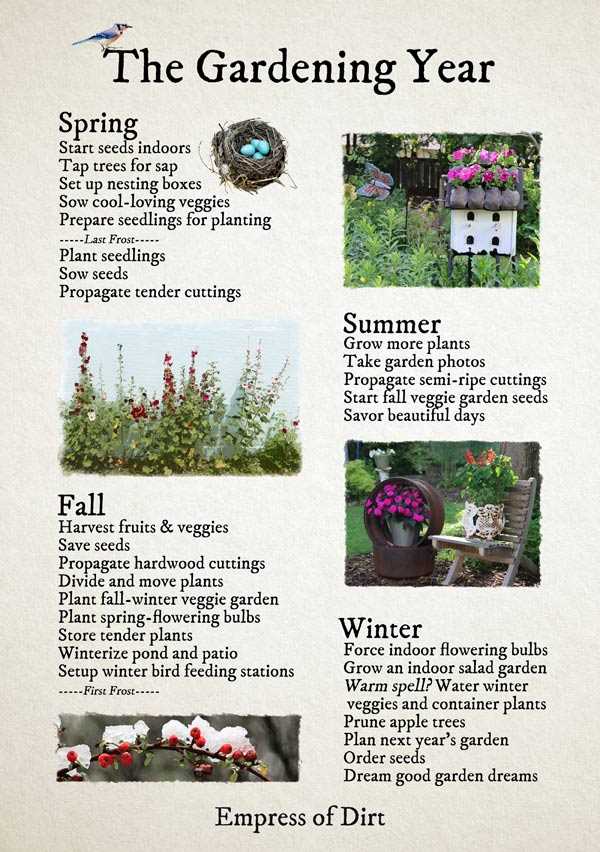
After planting your vegetables, apply a layer of organic mulch around the plants to help retain moisture, suppress weeds, and regulate soil temperature. Water your garden regularly, especially during dry periods, to ensure that your plants stay hydrated and healthy.
By following these essential tasks, you can prepare and maintain your vegetable garden for a successful growing season. Remember to observe and respond to the specific needs of your plants as they grow, and enjoy the fruits of your labor in the months to come!
Protect Your Plants from Frost and Cold Weather
As the winter months start to fade away, it’s important to protect your plants from any lingering frost or cold weather that may still occur in February. Here are some essential tasks to help keep your plants healthy and thriving:
1. Choose the Right Plants
Before planting, make sure you choose frost-tolerant plants that are suited for your specific climate. These plants are better equipped to handle cold temperatures and are less likely to suffer damage from frost.
2. Provide Proper Insulation
Insulate sensitive plants by covering them with a layer of frost cloth or a blanket. This will help to trap heat and protect the plants from freezing temperatures. Be sure to securely anchor the covering to avoid damage from wind.
3. Use Mulch
Apply a layer of organic mulch around your plants to help insulate the soil and protect the roots from freezing. Mulch also helps to retain moisture, which is especially important during dry winter months.
4. Water Wisely
Water your plants deeply and less frequently. This will encourage the development of deep roots, making them more resilient to cold weather. Avoid watering in the evenings to prevent the formation of ice on the plants.
5. Consider Using Protective Structures
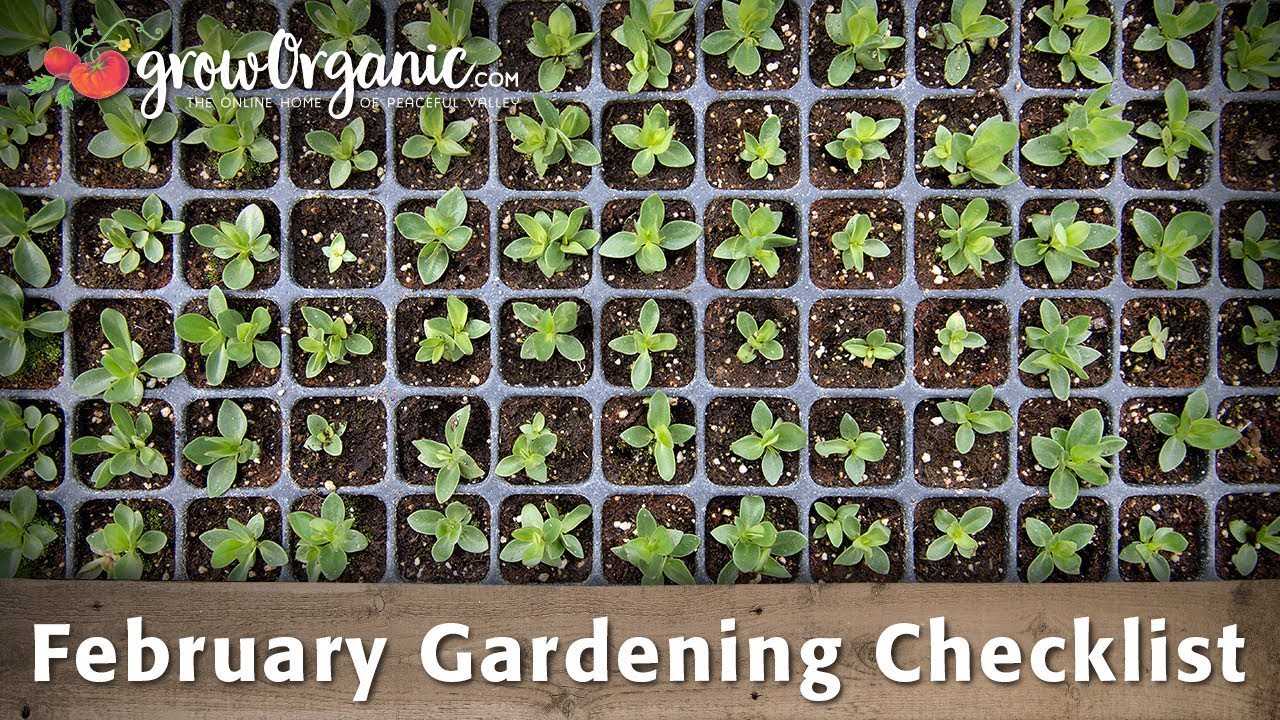
If you have delicate plants or seedlings, consider using temporary protective structures such as cold frames or cloches. These structures can help create a microclimate that shields plants from harsh winds and cold temperatures.
6. Monitor Weather Conditions
Stay informed about the weather forecast and be prepared to take action. If a frost or freeze is predicted, take steps to protect your plants in advance to minimize potential damage.
7. Know When to Prune
Avoid pruning frost-sensitive plants in late winter, as fresh cuts can be more susceptible to frost damage. Instead, wait until after the last frost to prune, when the plants are starting to wake up from dormancy.
8. Keep an Eye on Indoor Plants
Indoor plants can also be affected by cold drafts near windows or doors. Make sure to move them away from cold areas and keep them at a suitable temperature to prevent damage.
By taking these necessary precautions, you can protect your plants from frost and cold weather, ensuring they have a healthy start to the new season.
Plan and Design Your Garden Layout for the Season
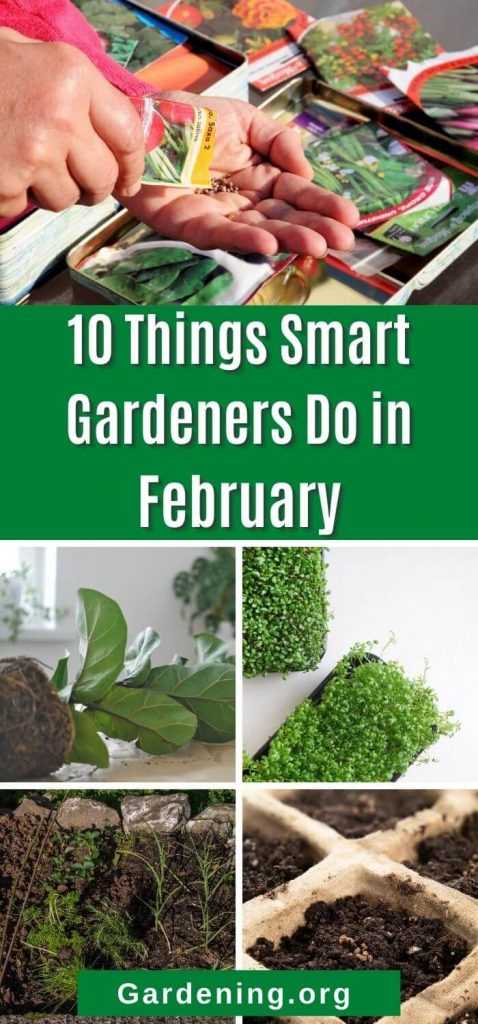
As February rolls around, it’s time to start planning and designing your garden layout for the upcoming season. This is an essential task to ensure that your garden is organized, efficient, and productive. Here are some steps to help you plan and design your garden layout:
- Evaluate your space: Assess the available space in your garden, including the size, shape, sunlight exposure, and soil conditions. Consider any existing structures or features that need to be incorporated or worked around.
- Determine your goals: Decide what you want to achieve with your garden. Are you looking to grow vegetables, flowers, or a mix of both? Do you want to create a specific theme or style? Consider your desired aesthetic, functionality, and your gardening experience.
- Create a list of plants: Research and compile a list of plants that are suitable for your garden’s conditions and your goals. Consider factors like hardiness, growth habit, space requirements, and companion planting.
- Consider succession planting and crop rotation: If you’re planning to grow vegetables, it’s important to plan for succession planting and crop rotation. This helps maximize harvests and minimize pest and disease issues.
- Sketch your layout: Use graph paper or an online garden planner to create a scaled sketch of your garden layout. Include the location of structures, plants, paths, and any other features. This will help you visualize the design and make adjustments as needed.
- Group plants by their needs: Group plants with similar water, sunlight, and soil requirements together. This will make it easier to plan irrigation systems, allocate space, and manage maintenance tasks.
- Consider companion planting: Take advantage of companion planting to improve plant health and deter pests. Research which plants benefit from being planted together and incorporate this into your garden layout.
- Plan for vertical gardening: If space is limited, consider incorporating vertical gardening techniques such as trellises, arbors, or hanging baskets. This allows you to maximize your growing area.
Once you have a solid garden layout plan in place, you’ll be ready to start planting and maintaining your garden for the season. Remember to regularly reassess and tweak your layout as needed throughout the year to optimize your garden’s performance.
Start Seeds Indoors for a Head Start on Summer Harvest
One of the best ways to ensure a successful summer garden is to start seeds indoors. This gives your plants a head start in the growing season, allowing them to establish strong root systems before being transplanted outside.
Why Start Seeds Indoors
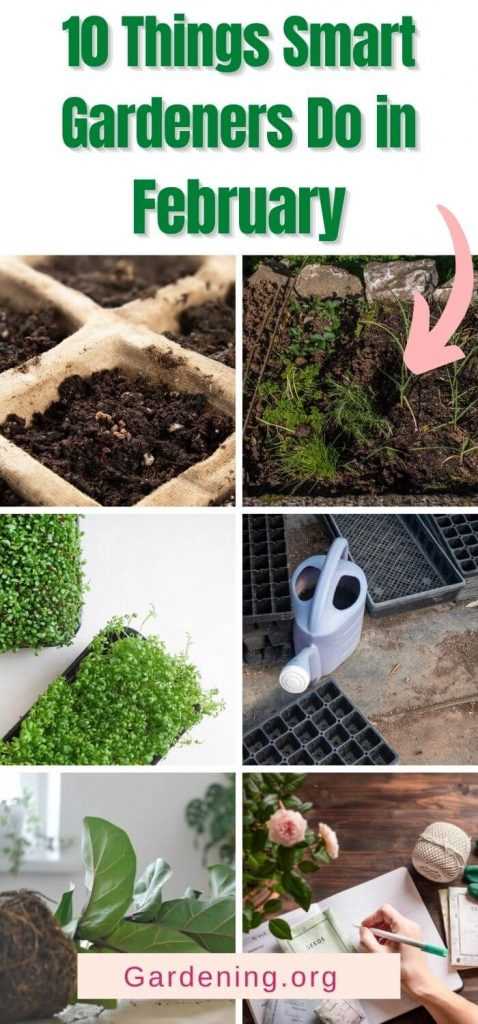
Starting seeds indoors offers several benefits:
- Extend the growing season: By starting seeds indoors, you can get a jumpstart on the growing season and enjoy an earlier harvest.
- Greater variety: Starting seeds indoors gives you access to a wider variety of plants, including those that may not be available as seedlings at local nurseries.
- Cost-effective: Growing your own plants from seeds is often more cost-effective than buying fully-grown seedlings.
- Control over growing conditions: By starting seeds indoors, you have more control over factors such as temperature, light, and moisture, which can lead to healthier plants.
How to Start Seeds Indoors
Follow these steps to start seeds indoors:
- Choose the right containers: Select containers that provide good drainage, such as seedling trays or individual pots.
- Select the appropriate soil: Use a high-quality seed starting mix that is sterile and lightweight.
- Sow the seeds: Plant the seeds at the recommended depth and spacing, and gently press them into the soil.
- Provide proper lighting: Place the containers in a location with bright, indirect light or use artificial grow lights.
- Maintain the right temperature: Most seeds germinate best at temperatures between 65°F and 75°F (18°C and 24°C).
- Water regularly: Keep the soil evenly moist, but avoid overwatering, as this can lead to mold or fungal growth.
- Harden off the seedlings: Gradually expose the seedlings to outdoor conditions, such as sunlight and wind, before transplanting them into the garden.
What to Start Indoors
While the specific plants you choose to start indoors will depend on your location and climate, some common crops that benefit from indoor seed starting include:
| Vegetables | Herbs | Flowers |
|---|---|---|
| Tomatoes | Basil | Marigolds |
| Peppers | Oregano | Petunias |
| Eggplant | Parsley | Zinnias |
| Lettuce | Chives | Cosmos |
By starting seeds indoors, you can give your garden a head start and enjoy a bountiful harvest of your favorite plants. Follow the steps above and experiment with different varieties to find the best results for your specific gardening goals.
“Question-Answer”
What are some essential tasks to do in the garden in February?
Some essential tasks to do in the garden in February include pruning trees and shrubs, preparing the soil for planting, sowing seeds indoors, cleaning up garden beds, and starting to plan for the upcoming season.
When should I start pruning trees and shrubs?
You should start pruning trees and shrubs in February when they are dormant. This helps promote healthy growth and shape the plants before they start to bloom in the spring.
How do I prepare the soil for planting in February?
To prepare the soil for planting in February, you can start by removing any weeds or debris from the garden beds. Then, you can add compost or organic matter to improve the soil’s fertility and structure. Finally, you can also test the soil’s pH level and adjust it if necessary.
Can I start sowing seeds indoors in February?
Yes, you can start sowing seeds indoors in February. This allows the plants to get a head start and be ready for transplanting outdoors when the weather warms up. Just make sure to provide the seeds with the right amount of light, temperature, and moisture for germination.
What are some tips for cleaning up garden beds in February?
Some tips for cleaning up garden beds in February include removing any dead or decaying plant material, cutting back perennial plants, and raking up leaves and debris. It’s also a good time to divide overcrowded plants and remove any weeds that may have emerged.







